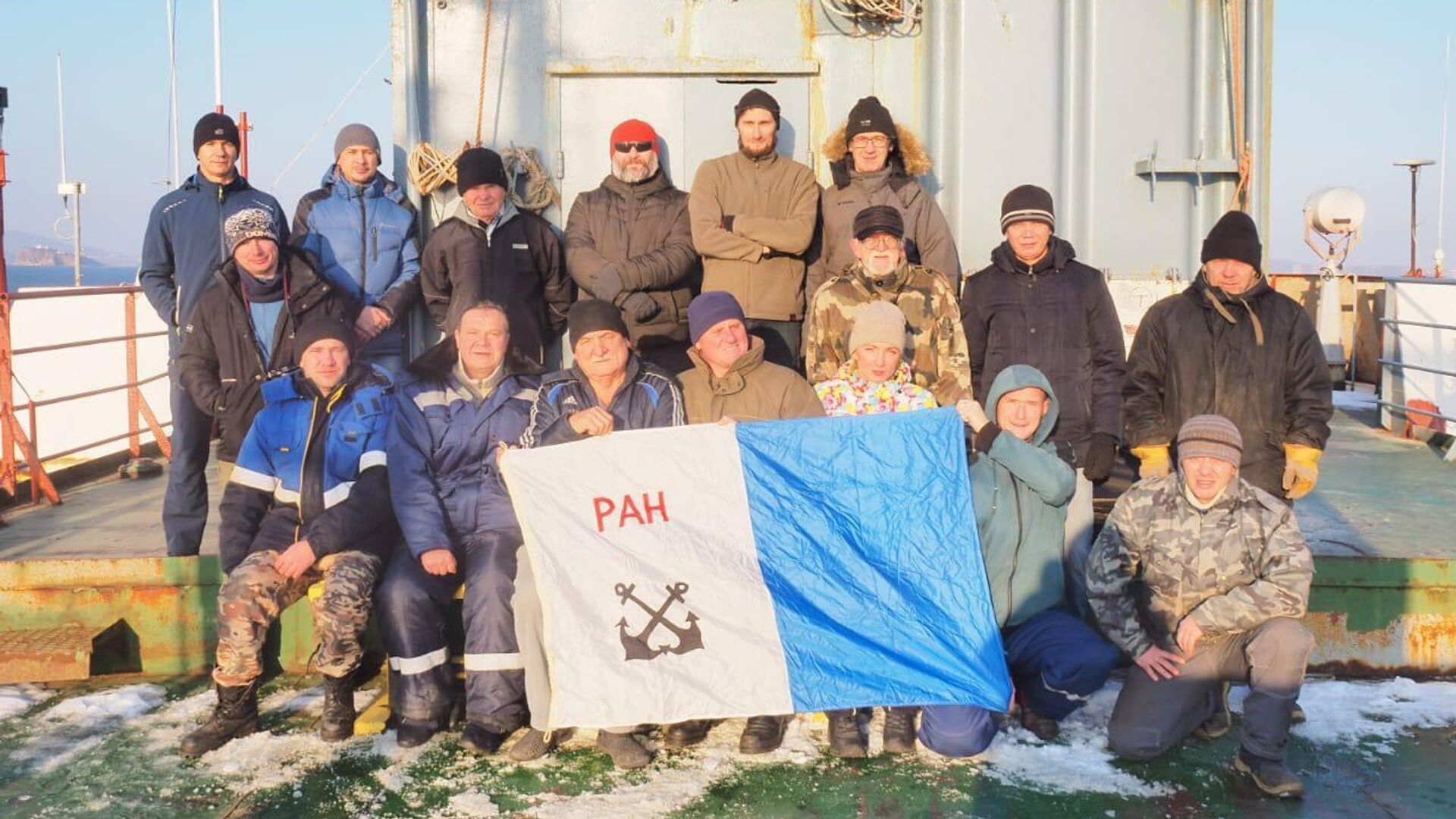
VLADIVOSTOK, December 6For the first time in 30 years of research in the Chukchi Sea, scientists have discovered the release of gas from sediment into the water column at the bottom, said Candidate of Geological and Mineralogical Sciences, Associate Professor, Head of the Seismic Research Laboratory of the Pacific Oceanological Institute. IN AND. Ilyicheva Victor Karnaukh.
The discovery was made during the Arctic expedition of the institute’s staff on the research vessel “Akademik Oparin”, which started at the end of October. The scientists returned from the voyage in early December.
“The most interesting thing about the expedition is that for the first time in 30 years of research in the Chukchi Sea, a gas torch was discovered — the release of free gas from the sediment into the water column. No one had found this structure here before. Under the gas torch in the sediments, the records of our technical equipment recorded near-surface accumulations of gas — acoustic turbidity. At this point the structure reaches the seabed,» said Karnauch, who led the expedition.
According to him, Herald Canyon is located near the place where the torch was found. Previously, high methane content was recorded in it. “It turns out that gas comes out into the water column and is carried towards the canyon,” Karnaukh noted.
He clarified that the torch is a sign that there is high pressure of gas fluids in this place. The discovery has academic significance, but is also important in a practical sense.
“The shelf of our seas is a strategic reserve of the state. The Chukchi Sea is the only one with the widest shelf — up to 1 thousand kilometers, it is promising in terms of exploration. This requires the installation of drilling platforms, and they must be secured. You need to know the places where it is dangerous to place them. Gas torch “This is precisely the danger,” added Karnaukh.
The scientist also said that the institute’s staff made a number of other important discoveries during the expedition. For example, unique information was obtained about the features of the seabed topography and the structure of sedimentary deposits. Many 6-meter gullies were found in the area of the Herald Trench. They may be associated with the seasonal lowering of cold waters or water exchange. These gullies still need to be explored, Karnaukh noted.
«We found many ancient paleo-lakes up to 40 meters deep. This is evidence that in those places the permafrost melted and the soil sank. In the process of deepening the lakes, sedimentation occurred,» the scientist said.
TOI staff also discovered acoustic anomalies indicating the existence of gas accumulations. The research results can be recommended for use by the Ministry of Natural Resources of the Russian Federation for further exploration and determination of combustible mineral reserves on the shelf of the Chukchi Sea.
“Hydrochemists have done a great job of measuring the content of greenhouse gases in sea water and the surface layer of air,” the interlocutor said.



















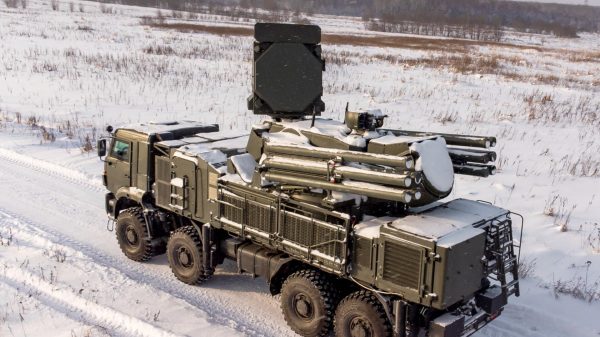




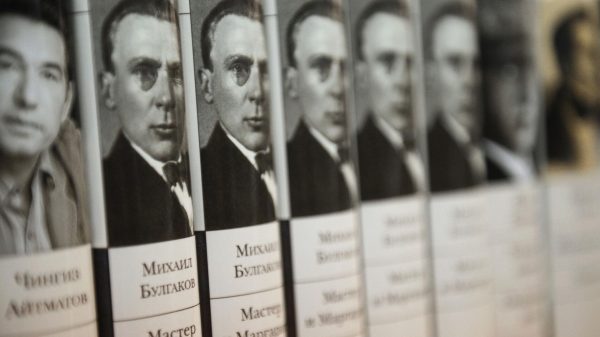


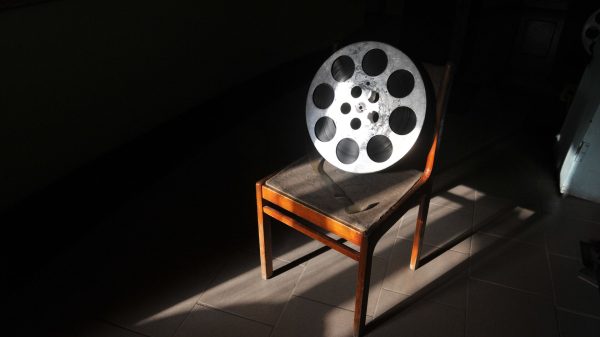
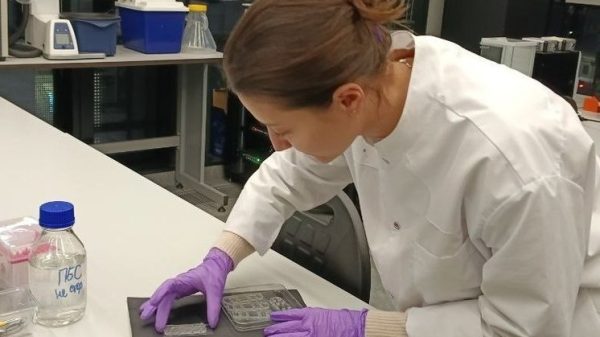
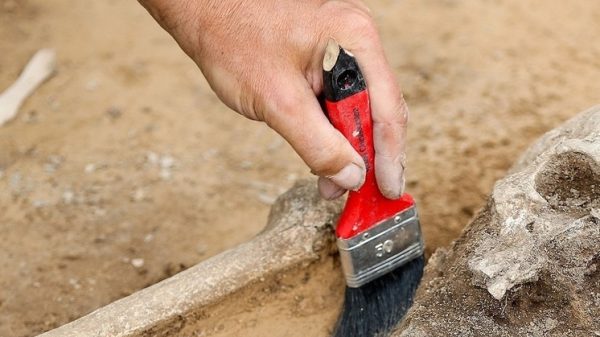

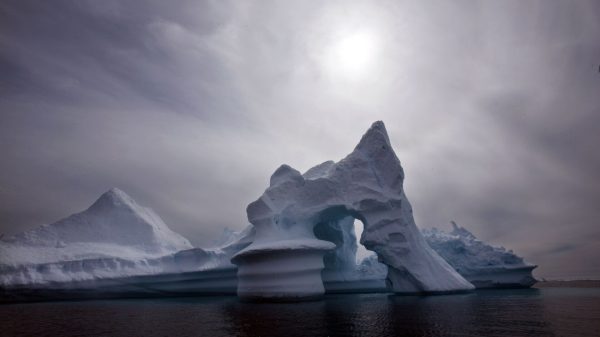





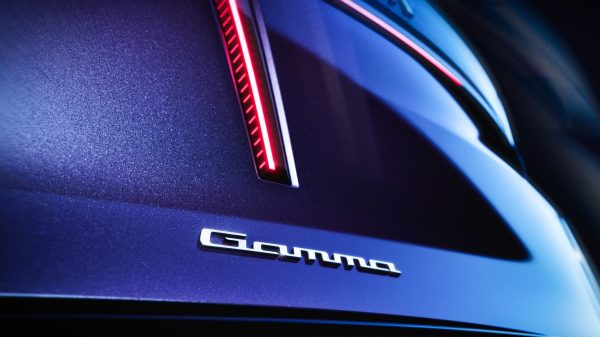



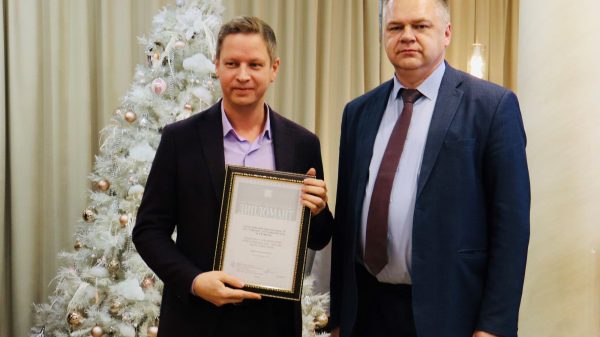

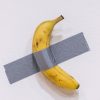























Свежие комментарии